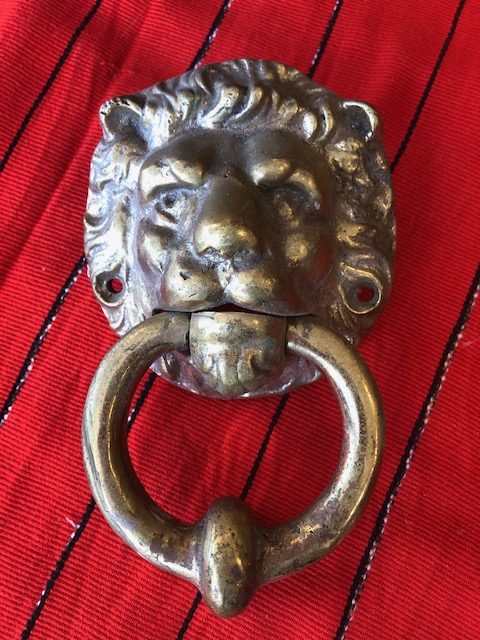The use of door knockers goes back centuries before electricity made doorbells ubiquitous. People used to announce their arrival at a friend or stranger’s front door by lifting a door knocker and rapping it smartly against the contraption’s strike plate. They are usually made of cast iron, bronze or brass. General, there were three types of door knockers – hammer knockers, figurative knockers and rings.
Door knockers instantly provide insight into a homeowner’s personality and tastes. Quirky, bold or folky door knockers come in endless varieties, from mythological figures or a ram’s head to a bunch of grapes, a winking Cheshire cat or a basket of flowers.
Additionally, they announce how important and historic a building is by how impressive or elaborate the door knocker is, such as the lion’s head door knocker at No. 10 Downing Street in London, the residence of the British prime minister.
They can also convey meaning, such as a lion symbolizing power and strength or in China, a dragon can also symbolize good fortune. Christian symbols were often appropriated in Europe as a sign of perfection. In some cases, the maker pays attention to the striker, making it more ornate than the basic plated, while in some cases, the opposite is true and in the best knockers, both parts are actively embellished. Impressive wrought iron examples from Italy, France or Spain in the 15th Century designed to convey wealth and status are also highly collectible.

